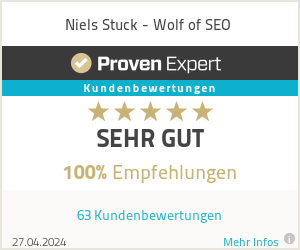What is reach in marketing?
The Range is equivalent to the netRange; both metrics quantify the number or percentage of people in a defined population who receive at least one exposure to an advertisement. The AMA (American Marketing Association) defines Range as: "The number of different people or households exposed to a particular advertising medium or media plan during a given period. It is also referred to as cumulative audience, cumulative Range, net audience, netRange, net non-duplicated target group or non-duplicated target group. The Range is often presented as a percentage of the total number of people in a given audience or target market."
So measures the Range the efficiency with which an advertisement is disseminated in a population. In addition, netRange and frequency are important concepts for describing an advertising campaign. They separate the overall impression into the number of people reached and the average frequency with which these people are exposed to the advertising. A campaign with high netRange and low frequency runs the risk of being lost in a noisy environment. A campaign with low netRangebut high frequency can overwhelm some audiences and completely miss others. Reach and frequency metrics help managers align their advertising media plans with their marketing strategies.
Although this is the most basic definition of "Range", but there are also three different categories into which Range (for example, on Facebook) can fall.
What are the types of reach?
- Organic Range: This represents the number of unique people who saw a piece of content in their newsfeed for free or with no ad spend after it was published on your site.
- Paid Range: This is the number of people who saw your post as a result of a promotion. The paid Range is influenced by your ad spend, so the more you spend, the more people will see that content or ad.
- Viral Range: This is the number of people who have seen your post as a result of interest, reaction, comment, or sharing of that content by another social media user. This can be a result of organic advertising and/or paid advertising.
« Back to Glossary Index






 By
By